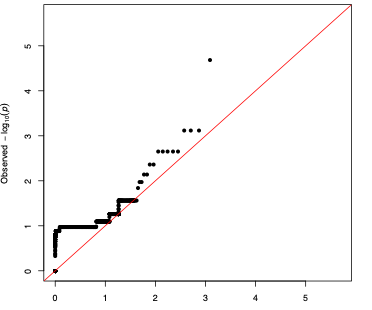CAKUT accounts for 40-50% of pediatric end-stage kidney failure worldwide.
Overall, data indicate that ~20% of patients may have a genetic disorder that is usually not detected based on standard clinical evaluation, implicating many different mutational mechanisms and pathogenic pathways. Application of microarrays has shown that 10-15% of CAKUT patients harbor an unsuspected genomic disorder that explain many disease comorbidities such as neurocognitive impairment, and whose early recognition can impact clinical care.

Map of CNVs predisposing to CAKUT, congenital heart disease and impaired neurocognition
(Sanna-Cherchi et al, JCI 2018)
In parallel, using exome sequencing, we have identified mutations in DSTYK and GREB1L as new genes for CAKUT, implicating new pathways in disease pathogenesis. We are applying these high-throughput genomic technologies to large cohorts of patients gain insight into the common and rare genetic determinants of diseases and identify opportunities for early diagnosis and personalized care.

GREB1L is the top signal in an exome-wide association study of congenital kidney malformations